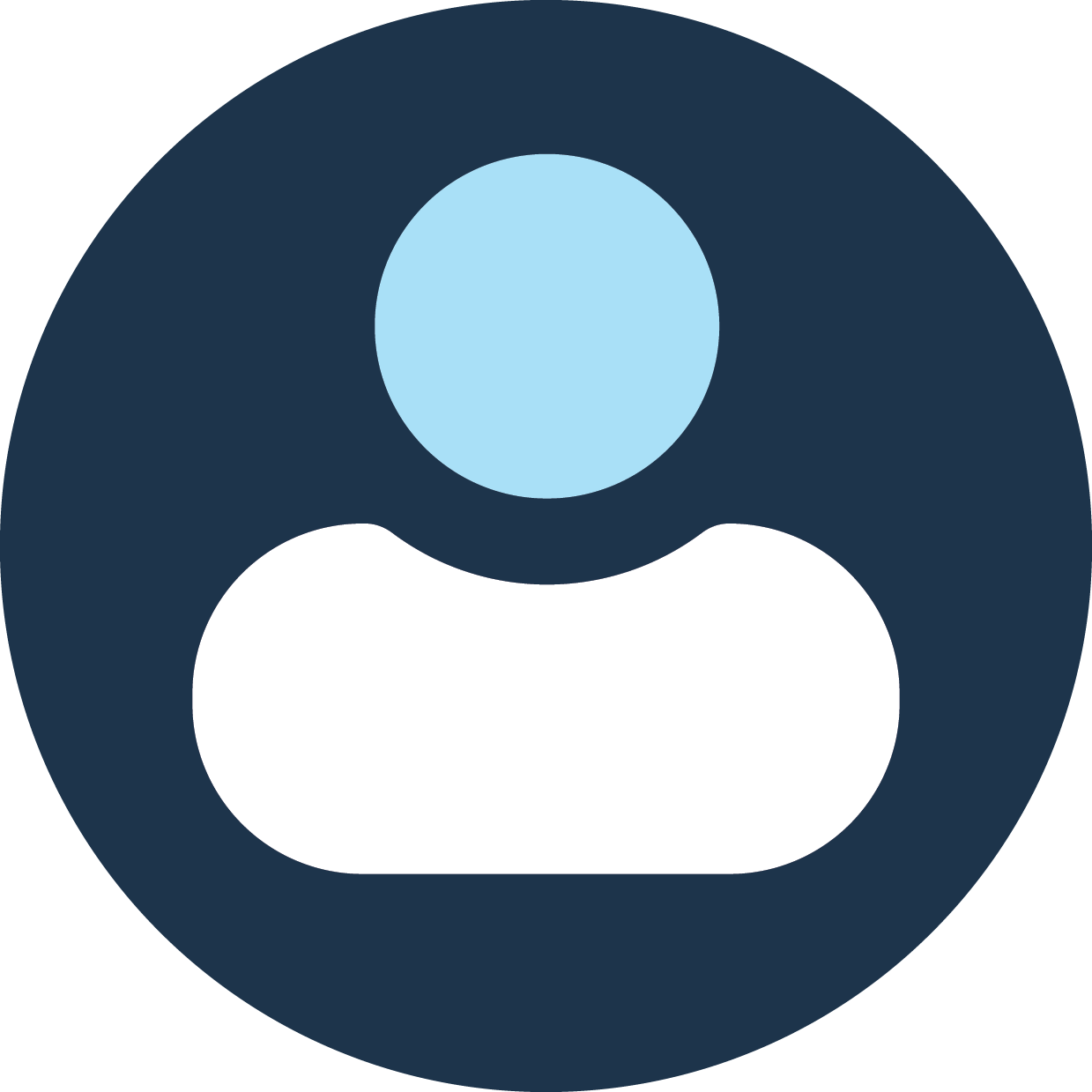Conversations and healthy debate about issues facing our industry and the health care system are critical to addressing some of today’s challenges and opportunities. The Catalyst welcomes guest contributors, including patients, stakeholders, innovators and others, to share their perspectives and point of view. Views represented here may not be those of PhRMA, though they are no less key to a healthy dialogue on issues in health care today. In honor of Rare Disease Day, we sat down with Paul Melmeyer of the National Organization for Rare Disorders (NORD) to discuss rare diseases, how we can spur innovation and what can we do to raise awareness.

Q: Today is Rare Disease Day. What should people know about rare diseases that they might not?
A: Those who are unaware of rare diseases are generally surprised by just how common they really are in the aggregate. A rare disease is defined by the Orphan Drug Act (ODA) as any disease or condition with fewer than 200,000 individuals diagnosed in the U.S., and most qualifying diseases may only affect a few thousand individuals or fewer. Yet added altogether, rare diseases affect more than 30 million Americans – more than almost all other chronic conditions in the U.S. Almost everyone has a family member, friend, co-worker, classmate, or perhaps themselves who has a rare disease. Rare diseases are much more common than one may think.
Q: How has the Orphan Drug Act been helpful to spurring rare disease advances?
A: The ODA has been integral to the growth of the number of orphan therapies available to rare disease patients today. Prior to 1983, there were only 34 therapies that would qualify as an orphan therapy available in the U.S. Today, we have over 770 orphan therapies approved by the U.S. Food and Drug Administration (FDA). Last year, for the first time ever, orphan therapies comprised a majority of novel therapies approved by FDA. Given the unmet need of rare diseases, it is critical the ODA continue to help spur newfound innovations.
Q: What can the health care community do to raise awareness about rare diseases?
A: The health care community can and should raise awareness about rare diseases in various ways. First, we need to counter the old medical school saying, “when you hear hoofbeats, think horses.” It might just be a zebra! This means that when approaching a diagnosis, health professionals should be every bit as mindful of rare diseases as they are of common diseases. Second, health professionals should listen to individuals with rare diseases, their caregivers, and their representatives at patient organizations. They know what is best for them and their community, and often the best that health professionals can do is listen. Finally, we need students at all levels to learn about rare diseases and consider ways in which to serve the community as they launch their careers. This is why NORD is operating a student chapter and student club program to train the next generation of rare disease professionals.




